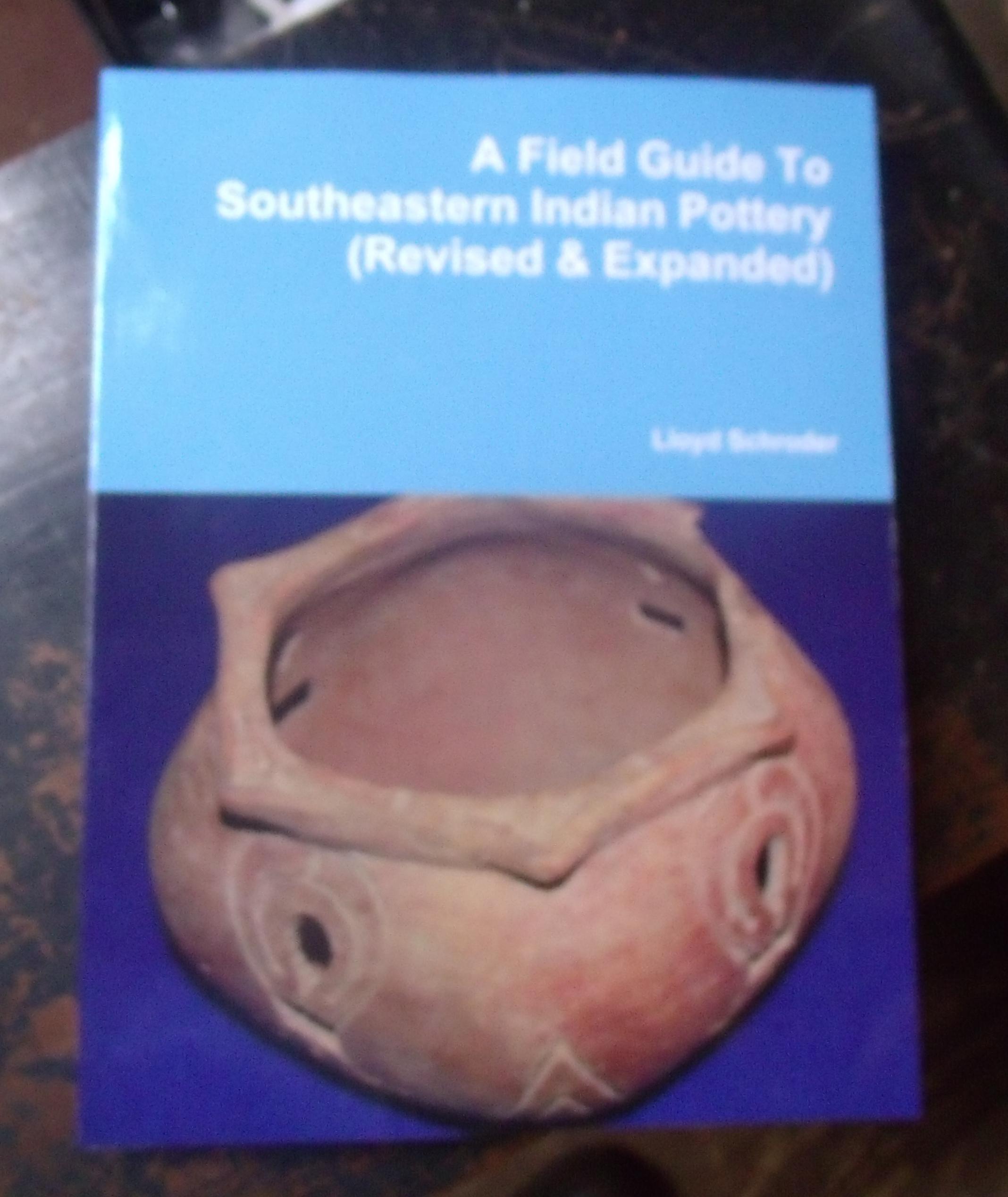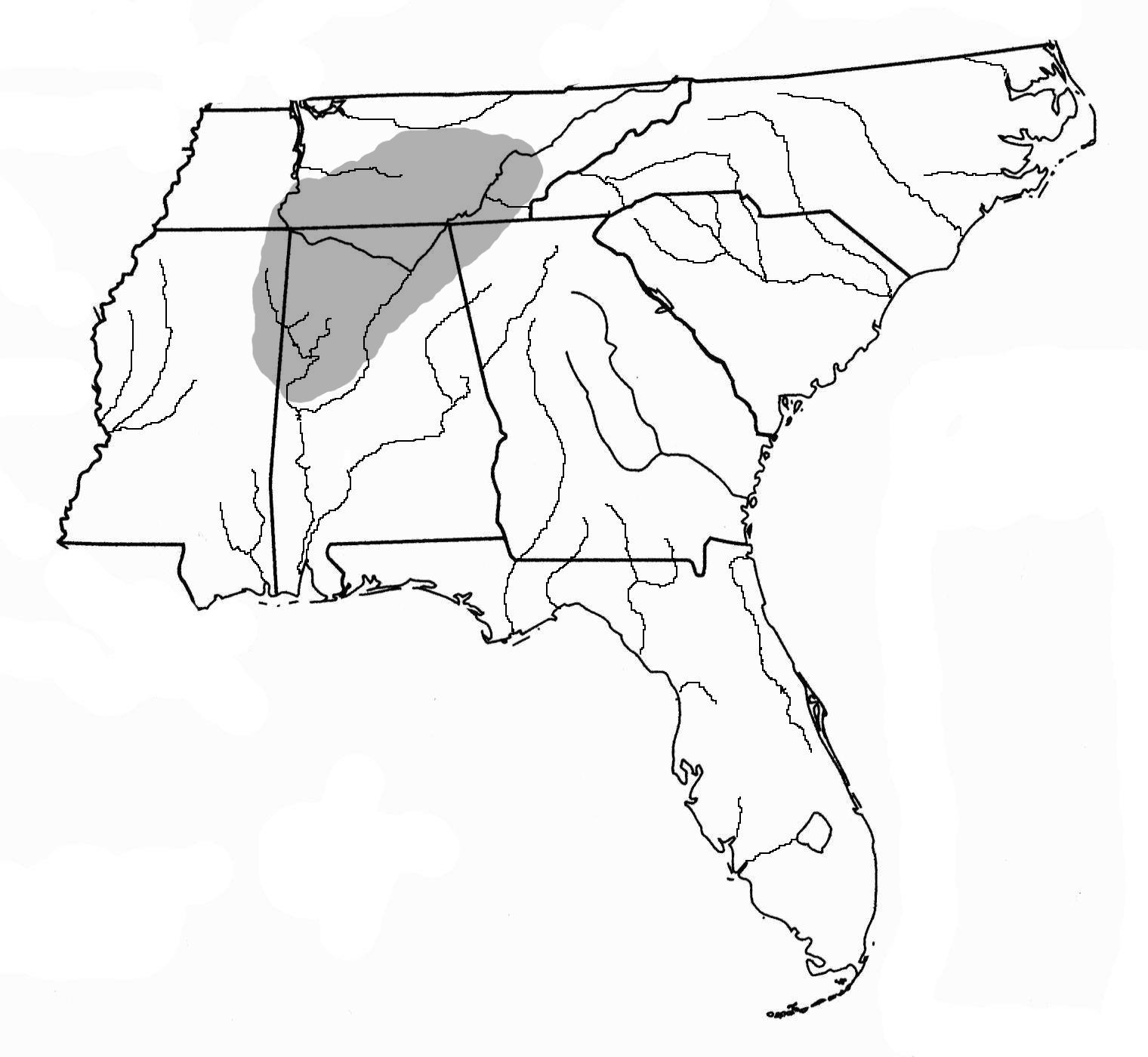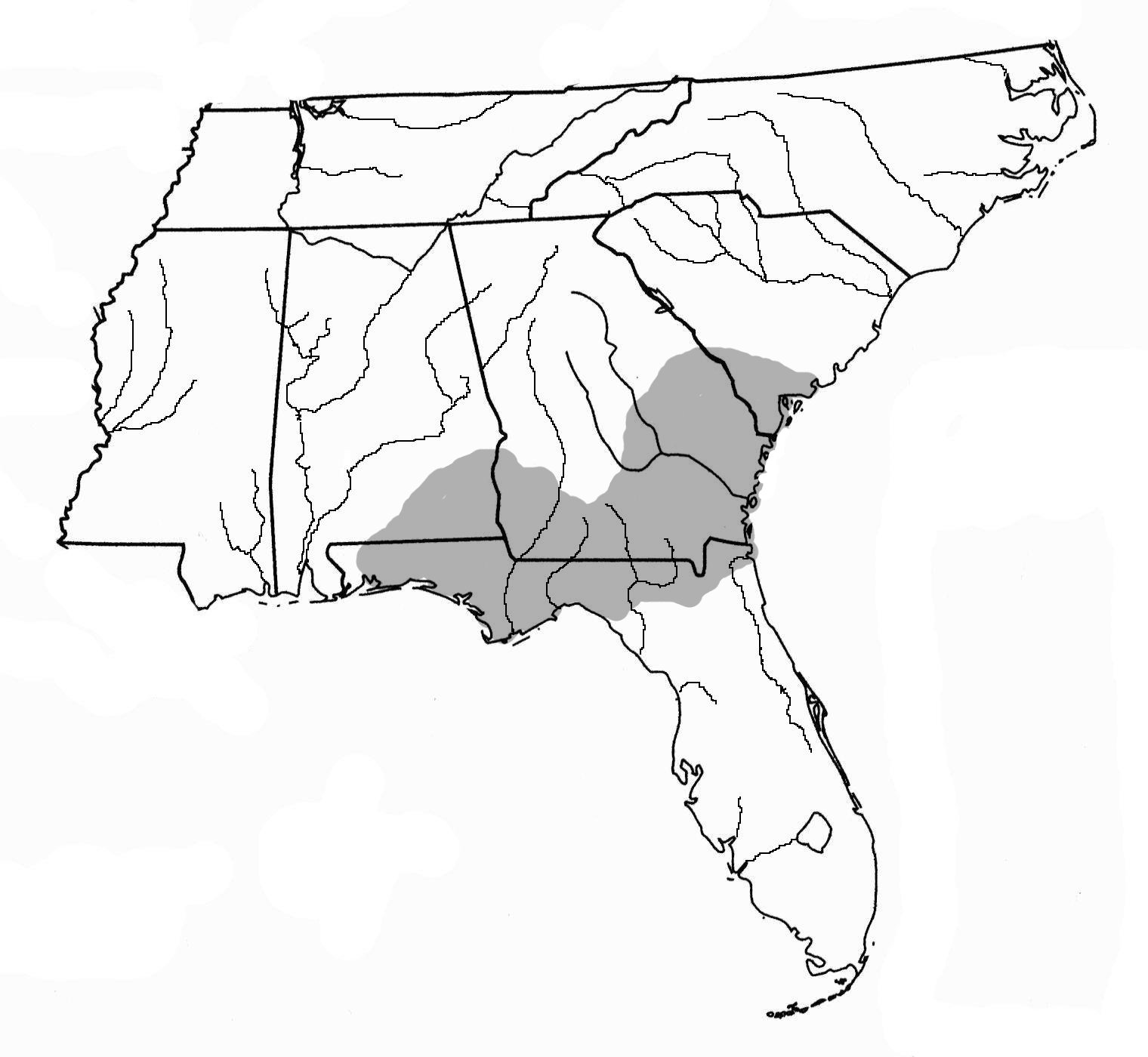——–Click on the surface treatment that most resembles your find———–
Pottery is an amazing artifact. There are many types, all with different designs or no design at all. Designs come from the potter’s imagination or his beliefs. All have different tempers, some of grit or small pebbles, some of Spanish Moss that has burned away, leaving only a trace of its existence. Some types are tempered with sand and some with clay; others with what some would call no temper at all, only to discover that there are small, microscopic sponge spicules that hold it together.
Think about this. Pottery is a lot like people. Each one was fashioned by the Potter’s hand, each uniquely designed from the Potter’s heart. Some were designed for daily use while others were designed for special occasions and celebration. All were tempered, but all have a different temperament. How has the Potter designed you and tempered you? What was His special plan and purpose? We are clay in His hands. Many are like much of the pottery we find, broken and discarded by the world, but there is still hope. Like the pot sherds that were broken and cast aside, then recovered and rounded into gaming stones to become the center of joy in an Indian’s life, our broken lives can be renewed to become the center of joy in the Potter’s heart.
For more detailed information on these and other pottery types within the Southeastern United States, please see our “Publications” page to order Lloyd Schroder’s Field Guide to Southeastern Indian Pottery (Revised & Expanded).
This amazing new book contains over 500 pottery types, each explained in very readable terms with thousands of illustrations and maps of distribution. The volume has earned the acilades of senior archaeologists like David Anderson of the University of Tennessee and well-known Georgia archaeologist Jerald Ledbetter. No serious student of archaeology should be without it.

This type was originally defined by Jesse Jennings and Charles Fairbanks based upon sherds that have a distinctive complex style of stamping from the Napier site just east of Macon. Holmes 1903.Kelly 1938:30-31. Jennings and Fairbanks 1940:8.Fairbanks 1946:97-107. Wauchope 1966:57-60. The type name site for this pottery is the Napier Mound in Jones County, Georgia, located just east of Macon. The type has been noted as far away as the Chickamauga Basin in Tennessee and related sites in South Carolina and northern Alabama.
This is a grit-tempered pottery type. The surface decoration consists of intricate, detailed, complicated designs on relatively thin grit-tempered pottery. The lands and grooves on the pottery are typically thinner and narrower than Swift Creek designs. Many Napier designs were observed. Designs include: (1) multiple lines which passed back and forth across each other with parallel line filler, (2) zigzagging multi-line strands that form diamond-shaped enclosures with parallel line filler, (3) multi-line straight bands with multi-line chevrons, (4) combinations of small concentric circles with multi-line diamonds, crosses, or chevrons with parallel line filler, (5) herringbone lines, (6) curving multi-line Xs, bordered by rainbow bands, (7) two curving multi-line strands intertwined with parallel line filler, (8) nested diamonds, (9) multi-line diamonds with short lines radiating from them and framed at the sides with multi-line zigzags, (10) multi-line strands crossing each other similar to a bracelet motif, (11) a looped linear L shape with multi-line strands crossing behind it, (12) curvilinear hourglass shapes paired side by side with parallel line filler, (13 ) concentric circles set in multi-line figure eights crossed by three parallel lines, (14) shield-shaped line-filled motifs in pairs side by side with parallel line filler and the area between the pairs filled with cross hatching.
Known vessel forms include deep beakers, globular jars and bowls with incurving lips, bowls with straight or rounded flaring sides, bowls with widely flaring slightly rounded sides, and shouldered jars with straight vertical collars.
Napier pottery was made during the Late Woodland to Early Mississippian period. Napier pottery is distributed in north and northwestern Georgia.

Overhill pottery was defined by Tom Lewis and Madeline Kneberg. They named it for the historic Overhill Cherokee people in eastern Tennessee in 1946. This pottery is tempered with coarsely crushed shell or sometimes with coarse grit. The surface was covered with complicated stamping that looked like hanging loops or nested diamonds. The Cherokee people made their pottery into jars and shallow bowls similar to salt pans. The pottery was made with shell tempering during the 18th century and the grit tempered ware was made even earlier. This pottery is found along the Little Tennessee and upper Hiwassee rivers of eastern Tennessee and sometimes in extreme northwestern Georgia.
William G. Haag named this pottery in 1939. It is tempered with crushed limestone, but otherwise looks much like Swift Creek Complicated stamped pottery. Sand-Tempered sherds from the same area of Hiwassee Island were considered Swift Creek while the limestone-tempered sherds were referred to as Pickwick Complicated. Lip and rim designs shown by Lewis and Kneberg are similar to those on Late Swift Creek forms. Pickwick Complicated pottery appears from the Upper Tombigbee River basin to the Pickwick and Tennessee River basins and east to the Hiwassee Island site in eastern Tennessee.

Gordon Willey first formulated the “early” and “late” divisions of this complicated stamped ware based on his observations at the Carrabelle site in 1949. The division, first applied to Florida examples, has now been applied to Georgia examples as well. The determination between early and late types was based on rim formation, stamping quality and vessel form. The type was named for the Swift Creek site on Swift Creek near the Ocmulgee National Monument in Macon, Georgia.
The pottery is tempered with fine sand. Florida examples also contain naturally occuring mica in the samd. The decoration consists of a seemingly endless variety of curvilinear and rectilinear designs stamped into the surface of the vessel. Franky Snow has developed a series of these designs. In some instances, it is believed that each clan had their own unique stamp design and campsite movement could be decifered by identifying the stamp.
Vessels were a deep jar or pot with an out-flared rim in the early vessels, sometimes with a scalloped rim and perhaps tetrapod supports. Latter vessels were collared jars, simple jars, and flattened and collared globular bowls among other forms. Most rims have exterior folds or are thickened.
Swift Creek pottery was made during the later part of the Middle Woodland period about 500 AD. It is widely destributed across northern Florida, Georgia, Alabama the southern part of South Carolina and southeastern Tennessee.

